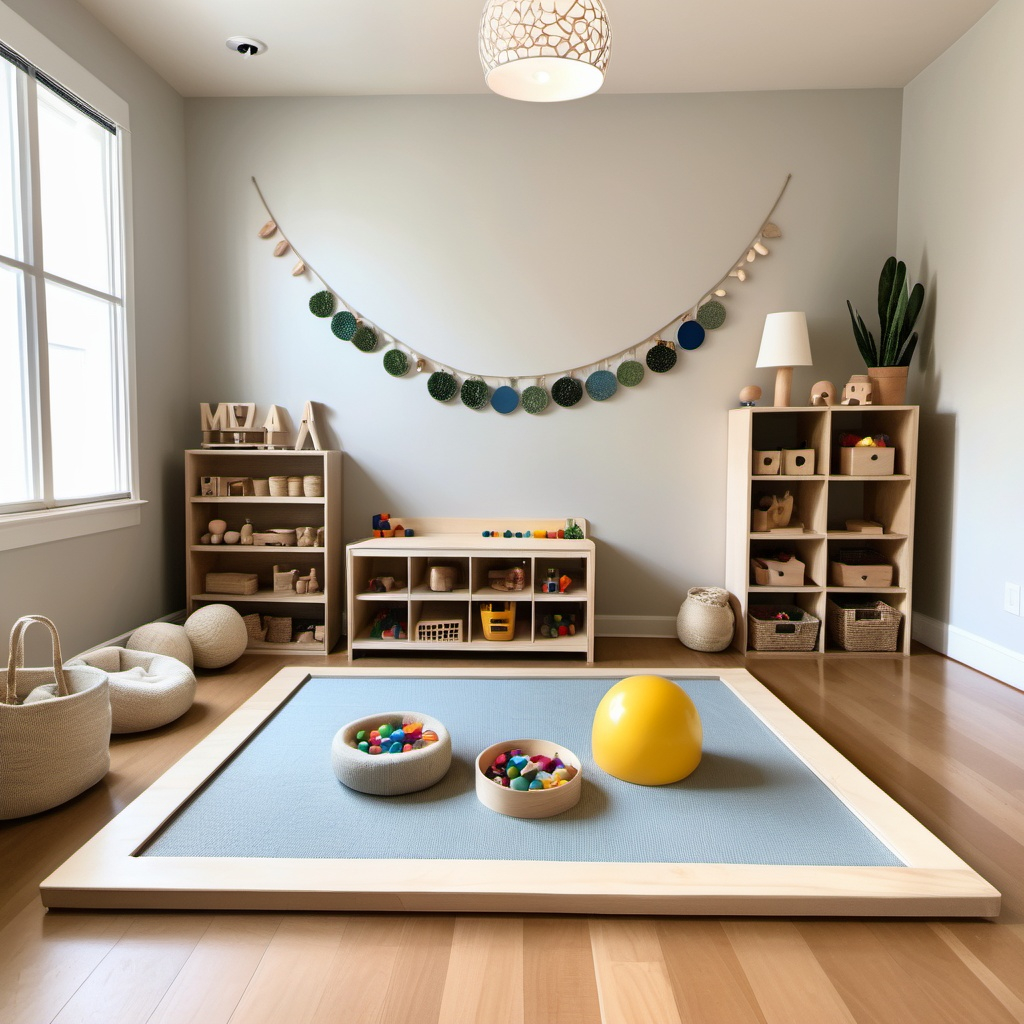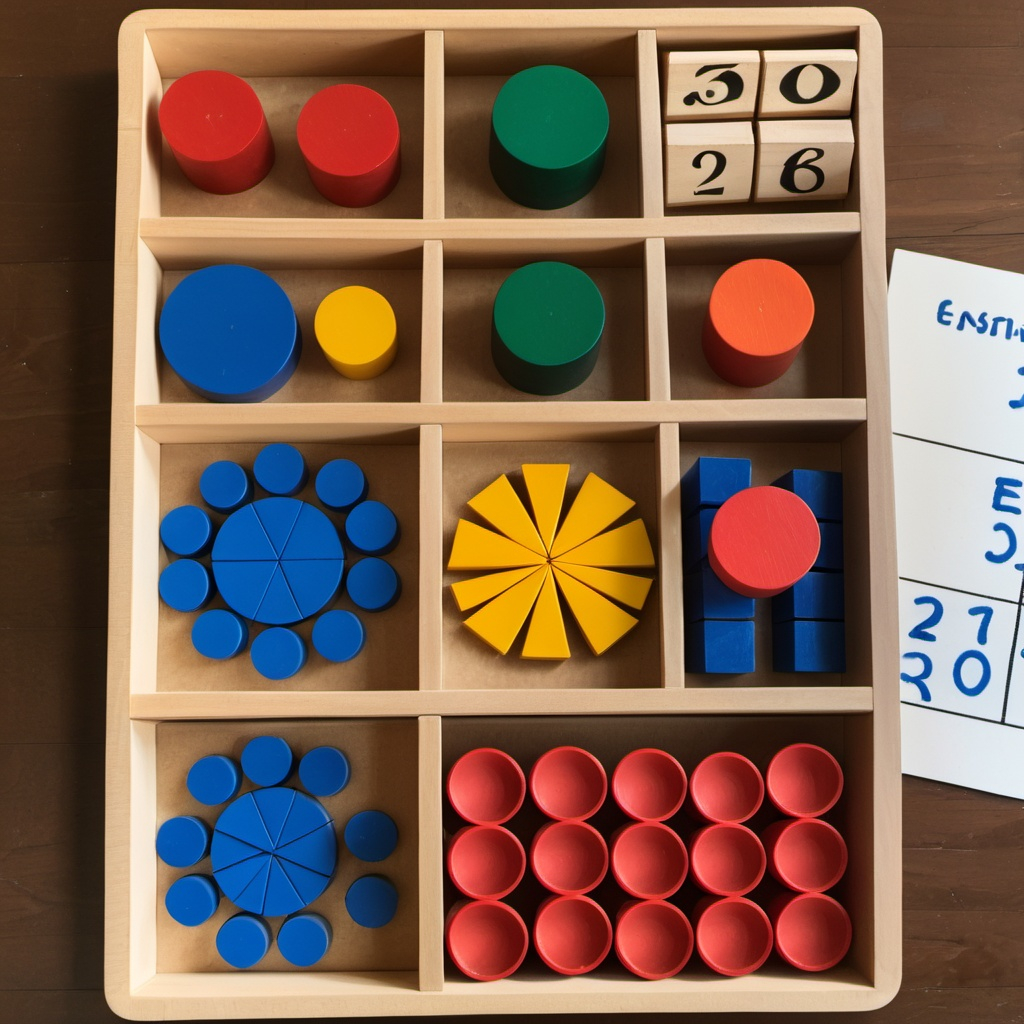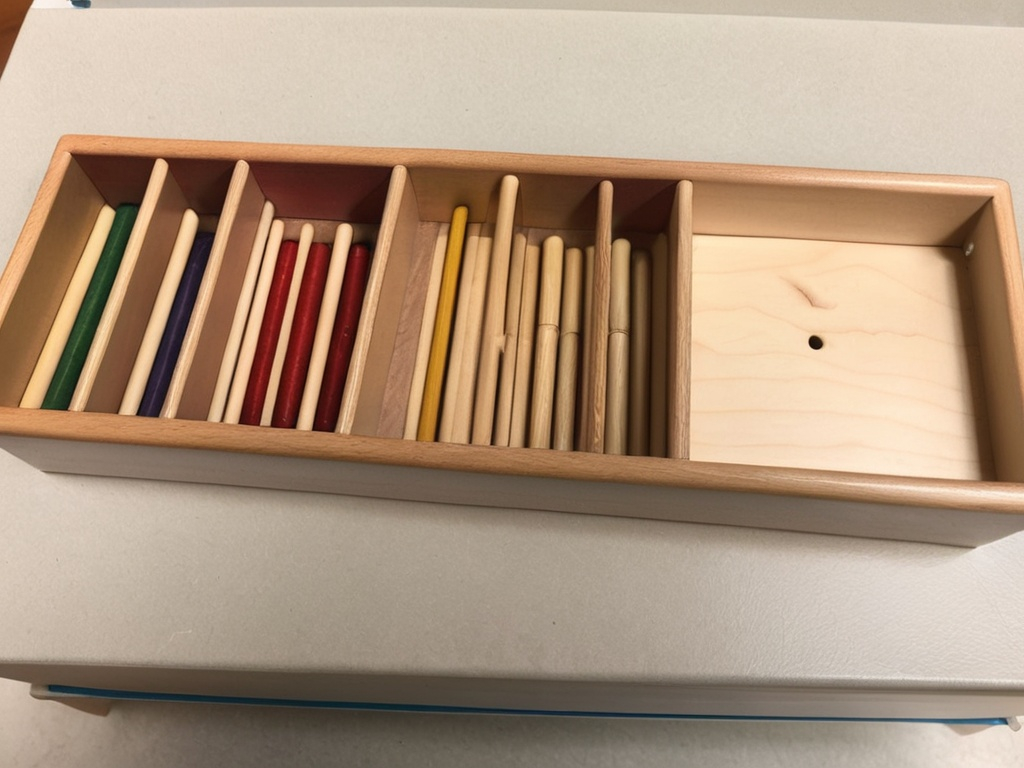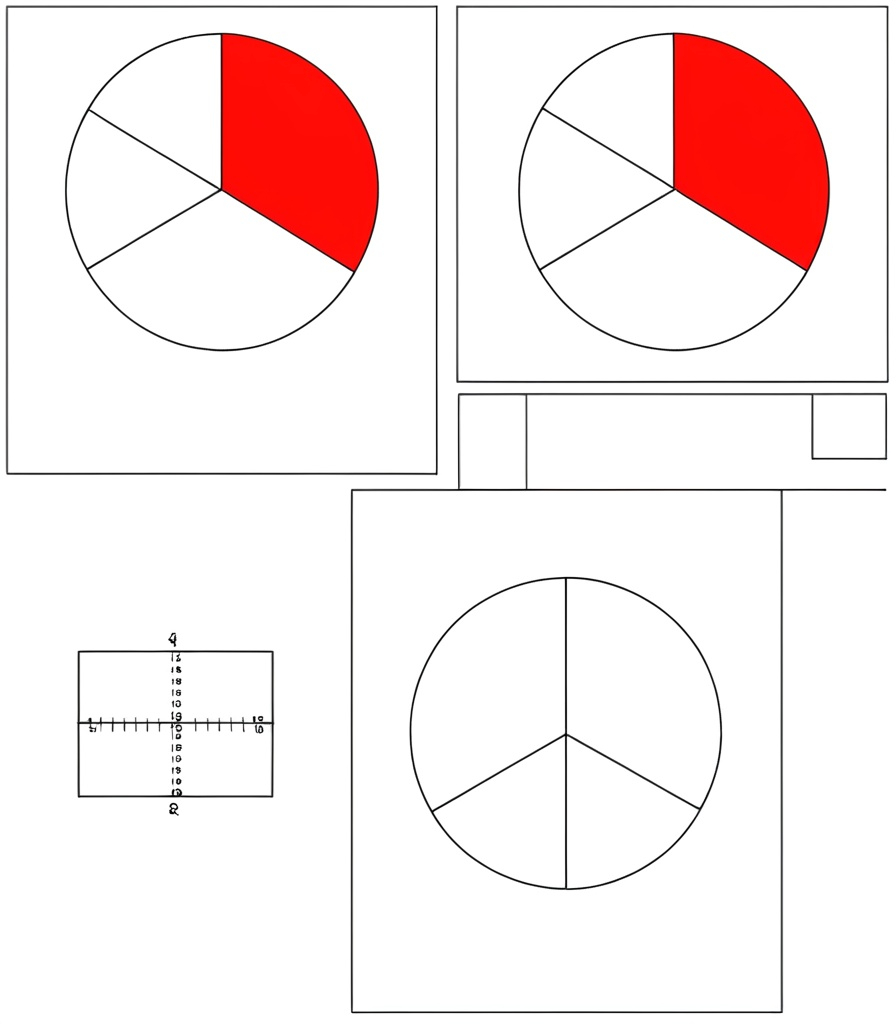 Marcos Gonzales • updated: Nov 15 2024
Marcos Gonzales • updated: Nov 15 2024
Montessori Math Materials: Sequence and Progression Guide
Montessori Math Materials: Sequence and Progression GuideUnderstanding the Montessori Approach to Math

Key Principles of Montessori Math Education
- Rather than focus on abstract mathematical equations, the montessori approach focus on physical, concrete mathematics that you can see.
- Lessons usually begin with specialized emphasis on sensory and concrete examples such as counting with beads, blocks, or any object that seems fit.
- Once the child has mastered sensory and content we then usually move on to the abstract lesson.
Developmental Stages in Montessori Math
- Math is usually taught in 3 different stages.
- 1. Sensorial Stage (Early Childhood): The learning in this is more pattern based. The child will being to explore quantity their matching and sorting.
- Concrete Stage (Early Elementary): In this stage children begin to implement mathematics with physical objects like beads and cards. The child will being to practice addition and subtraction.
- Abstract Stage (Later Elementary): Here we being transfer what we know to paper and pencil. The work here is more abstract and is considered elementary math.
Sensorial Foundations for Mathematical Concepts
This is the foundation that all is built upon. We being to introduce techniques that improve the child's cognitive abilities such as thinking, reasoning, logic, and comparing.
Essential Montessori Math Materials

Number Rods
The rod game is simple. You have 10 rods each in different length, usually in two different colors (red and blue). The rods increasingly grow in length, in alternating fashion to indicate that each rod is different.As children play with the rods, they gain an understanding that each rod is longer than the previous rod and has more units.
Spindle Boxes and Number Counters

The spindle box is an early montessori activity to help children learn how to count with physical wooden sticks that are labeled.
Decimal System Materials
There are several materials used to teach the decimal system to young children. I'll expand on one in particular.
Operations with the Golden Beads
The golden beads are all uniform in color and size, but not in quantity and weight. This teaches kids the sensory, touch, and sight.
Sequencing Montessori Math Activities

Introducing Number Concepts
The montessori method is to introduce something physical and concrete such as beads, boxes, cards, and counters.
Progressing to Operations and Abstraction
In the montessori classroom what you hear often is the phrase by < href="https://en.wikipedia.org/wiki/Maria_Montessori">Dr. Maria Montessor“ what the hand does, the mind remembers”. Once your child has internally digested the material he/she will be ready to the upper elementary mathematics.
Adapting the Sequence for Different Ages
This is at the core of montessori. We believe that each child learns at a difference pace and are better at some subjects than others. Montessori schools are designed to for everything to be reachable and safe for exploration to support and foster independence. At young ages toddlers need to explore solo but also need the help from a teacher and this where montessori shines.
Creating a Montessori Math Environment at Home

Organizing Materials for Independent Learning
This may seem straightforward, and it truly is; a well-structured mind translates to a well-structured home. Arrange items into categories and keep them orderly, so if you need to purchase some folders, feel free to do so. Additionally, it's beneficial to prepare in advance, so consider creating your weekly plan on Saturday or Sunday to stay one step ahead.
Facilitating Exploration and Discovery
Exploring the world using senses is what montessori is all about. Growing at your own pace and having an environment built to encourage exploration is concept and lessons that we teach.
Observing and Responding to Child's Needs
The more you observe a child the more you know how to respond to his/her needs. By paying close attention to a child’s behavior, you gain valuable insights into their emotions and needs, enabling you to respond more effectively.Observation acts as a guide, helping you understand a child’s unique cues and tailor your support to what they truly require.
Montessori Math Extensions and Adaptations

Introducing Geometry and Measurements
When diving into geometry and measurements in the math curriculum, you gotta check out the scope and sequence. For those in the 3-6 age range, Montessori math lessons use concrete materials like number rods to make mathematical concepts super relatable. It’s all about moving from concrete to abstract, right? And if you're into homeschooling, the Montessori math curriculum has a neat checklist in a handy pdf. In lower elementary (6-9), math lessons keep building on what they learned before, following that math sequence. With Montessori materials, kids get to explore elementary math concepts while having fun! Plus, record keeping helps track their progress through the Montessori math scope and sequence, so you know exactly where they stand. As they move into upper el, the lessons happen in a way that encourages deeper thinking and understanding. The goal is to make sure they’re grasping everything from basic multiplication to more complex ideas, all while enjoying those Montessori math lessons. It’s a great journey from the primary Montessori years to mastering the mathematics curriculum as they grow.
Conclusion:
We use Math everyday, when we go to the grocery store, cooking, buying, literally math is everywhere we go and that is why setting your little one on the right foundation is so important. We believe that montessori classrooms set your little one one right from the get go. If you want to read more of my things you can find another post here.